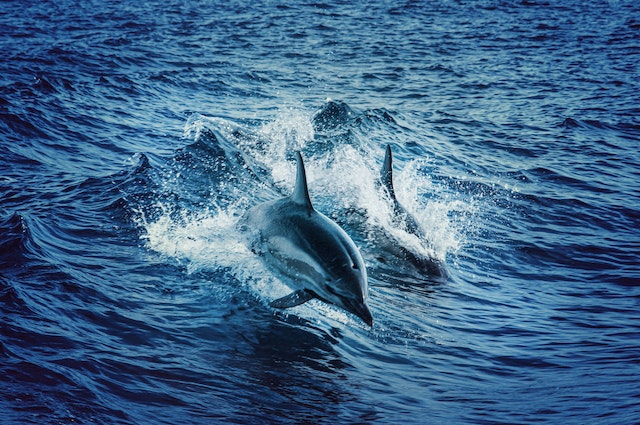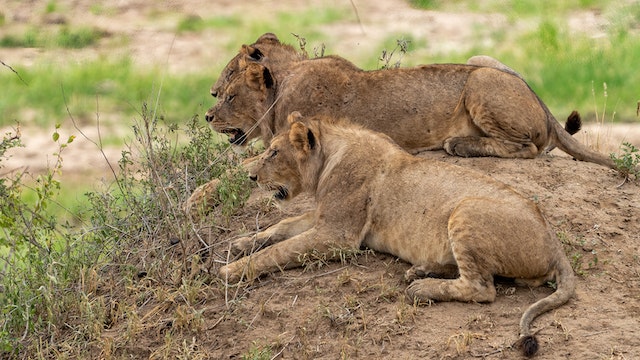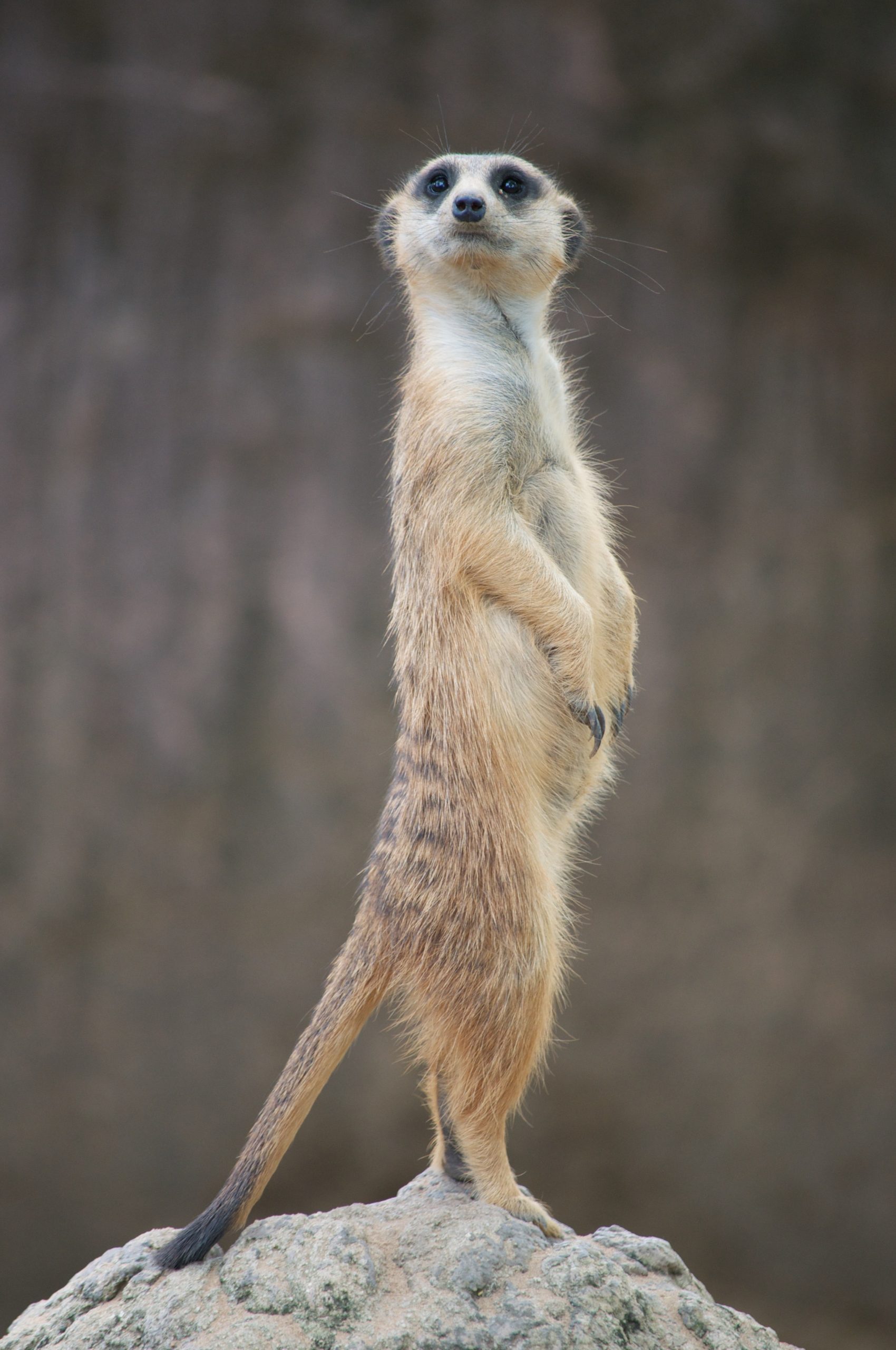In the wild, animals are free to roam and explore, and their natural behaviors are unencumbered by human interference. However, when they are kept in captivity, they can suffer from physical and psychological trauma. For traumatized wildlife, breaking free from captivity can be a challenging and complex process, but it is also essential for their well-being.
Trauma can occur in many different ways for captive wildlife. They may be separated from their families or social groups, forced to live in inadequate environments that do not meet their physical and emotional needs, and subjected to stressors such as loud noises and bright lights. Over time, these experiences can lead to physical and emotional ailments, including depression, anxiety, and aggression.
Breaking free from captivity requires a holistic approach that addresses both the physical and emotional needs of the animal. In many cases, this means providing them with a safe and secure environment where they can heal from their trauma. For some animals, this may mean being released back into the wild, where they can live their lives as they were meant to. For others, it may mean being placed in a sanctuary or rehabilitation center, where they can receive specialized care and attention.
Rehabilitation centers and sanctuaries offer a variety of programs and services to help traumatized wildlife heal. These can include medical care, nutrition, enrichment activities, and behavioral training. The goal is to provide the animal with the tools and resources they need to overcome their trauma and build a new life for themselves.
One example of successful rehabilitation is the story of Keiko, the orca made famous by the movie “Free Willy.” Keiko spent most of his life in captivity, performing in aquarium shows before being released into the wild. However, he struggled to adapt to life in the open ocean and required years of rehabilitation before he was able to fully integrate into a wild orca pod.
The path to healing for traumatized wildlife is not always easy, and it requires a commitment to understanding the complex needs of each individual animal. It also requires a willingness to make the necessary changes to ensure that animals are not subjected to the trauma of captivity in the first place.
As a society, we must ask ourselves whether keeping animals in captivity for our entertainment is ethical, and whether it is worth the cost to the animals. While some organizations have made strides in improving the living conditions of captive animals, there is still much work to be done. By working together, we can create a world where wild animals are free to live as they were meant to, and where trauma and captivity are a thing of the past.










